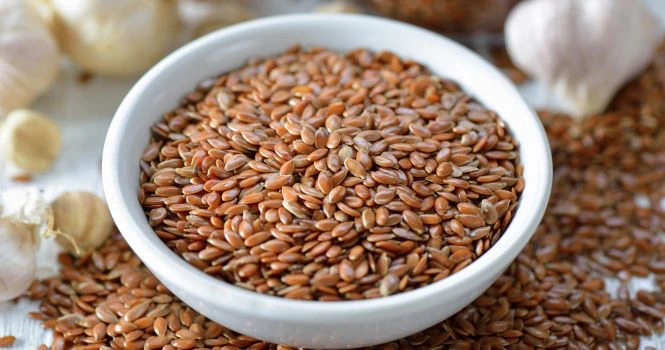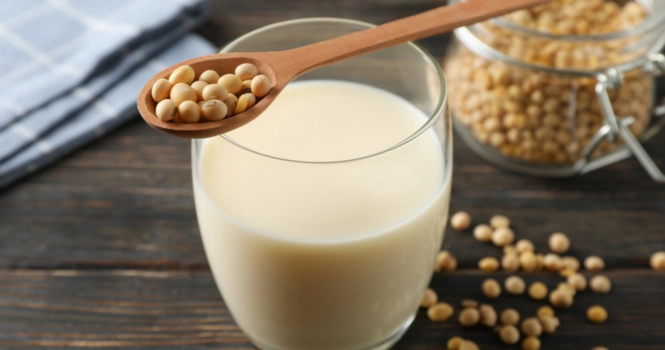Assessing the Role of Poha in Uric Acid Control

Uric acid, a byproduct of purine metabolism in the body, can accumulate and lead to health issues such as gout and kidney stones when levels become excessively high. Diet plays a crucial role in managing uric acid levels, prompting individuals to seek out foods that are both nutritious and safe.
Poha, a light and popular Indian breakfast made from flattened rice, is often considered in dietary plans for its health benefits. This article explores the impact of poha on uric acid levels, providing insights for those looking to maintain a balanced and healthy diet.
Poha, also known as flattened or beaten rice, is a staple in Indian cuisine known for its versatility, ease of digestion, and quick preparation time. It’s a rich source of carbohydrates, providing energy without being heavy on the stomach. Poha is also low in fat and can be enriched with vegetables and spices to enhance its nutritional profile.
Poha and Uric Acid Levels
When it comes to uric acid management, the key is to avoid foods high in purines, which can exacerbate the condition by increasing uric acid production. Poha, made from rice, is naturally low in purines, making it a safer option for those monitoring their uric acid levels. Its low purine content means that it is less likely to contribute to increased uric acid production in the body, making it a suitable choice for a low-purine diet.
Nutritional Benefits of Poha
In addition to being low in purines, poha offers several nutritional benefits that can support overall health, including:
- Energy Provision: As a carbohydrate-rich food, poha provides ample energy, making it an ideal breakfast option to start the day.
- Digestive Health: Poha is light and easy to digest, which can be beneficial for individuals with digestive issues.
- Low Fat: Poha is low in fat, contributing to a heart-healthy diet and aiding in weight management.
- Versatility: Poha can be prepared with various vegetables and lean proteins, increasing its fiber and nutrient content, which is beneficial for overall health.
Poha into a Low-Purine Diet
To maximize the benefits of poha while managing uric acid levels, consider the following tips:
- Vegetable Enrichment: Add a variety of low-purine vegetables such as carrots, cucumbers, and zucchini to poha to enhance its fiber content and nutritional value.
- Lean Proteins: Incorporate lean protein sources like chicken or tofu to create a balanced meal that’s still low in purines.
- Moderation: While poha is low in purines, maintaining portion control is essential to ensure a balanced intake of nutrients.
- Hydration: Adequate water intake is crucial in managing uric acid levels, helping to flush out excess uric acid from the body.
Poha can be a beneficial addition to a diet aimed at managing uric acid levels, thanks to its low purine content and nutritional benefits. Its versatility allows for the creation of various healthy and delicious meals that can fit into a balanced diet.
However, it’s important to remember that dietary management of uric acid levels should be comprehensive, including a variety of low-purine foods and adequate hydration. As with any dietary changes, consulting with a healthcare professional or a dietitian is advisable to ensure that your diet aligns with your specific health needs and goals.












